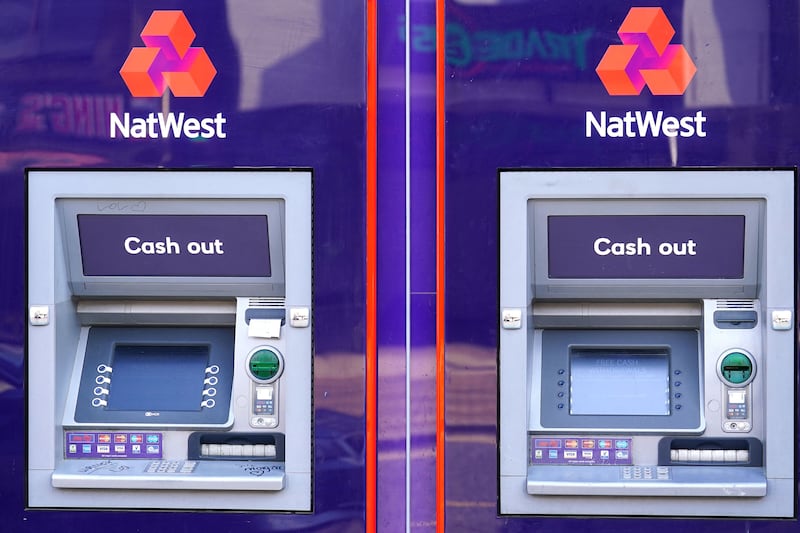IF there is one thing that drives me mad, it’s acronyms, and yet the IT industry is a well-known breeding ground for them. The three that are most commonly used regarding IT, in business terms are: AI, IoT and ML.
Artificial intelligence (AI), Internet of Things (IoT), and Machine Learning (ML) are continuing to have an enormous impact on Irish industry today and will continue to reshape the way we see business develop well into the next decade.
To feed these new trends and continue to provide momentum, is the growing amount of data and the analysis of it. The whole customer service and field service industry is benefiting from these trends.
Data analysis will fuel the approach to better customer engagement and help personalise that same engagement we have with our customers. That client data finds its way to our data storage, via such customer sources as phone, email, social media, live chat consultants, and surveys. With this in mind, companies will pay closer attention to optimising every platform, channel and touch point, to gather consumer information and create a more complete view of their customers.
The enormous amount of information being accumulated by IoT, will only drive further, the advancement of how we store and analyse our customer data, to gain an advantage on our competitors. The speed at which this data is delivered to us will also change the way we analyse it, and yet on the positive side, it will give us a much clearer picture of our customer’s behaviour and expectations. Machine learning technology will increasingly react to the findings of the new advance customer data analysis.
It’s thought that advanced data analysis, will help the relationship between sales and customer service departments. This sales/after sales service relationship will be enhanced, by the information presented voluntarily, by customers more and more, through a Chatbot. The term 'Chatbot', according to Wikipedia, is a computer program which conducts a conversation via auditory or textual methods. It’s that annoying wee box that often pops up in the corner of a visited webpage, introducing themselves as your buddy ('Hi Trevor'), and asking you if they can be of any help, or even worse, if you’d like a chat! What you type into this box is analysed and provides customer purchasing behavioural information. If you’ve taken part in one of these electronic chats, expect to be stalked by a discounted fridge or discounted hotel rooms, in the geographical location you showed interest in.
From what we view on Netflix, to what we browse on Amazon, we often receive recommendations based on our viewing or online behaviour. This is exactly the same concept used by analysing a conversation on a chatbot. This opens the door to personalised recommendations, and what is called 'conversational commerce' or what I like to call, 'conversational sales'. This can often generate additional revenue through cross selling and helps build brand loyalty. Based on each organisations use of a chatbot, it can direct the sales team monitoring the chatbot conversation, to take over control of the situation and either close the sale or add to it. It can also, in some cases, result in the re-direction of the customer, to a more relevant product.
One potential caveat for customer data analysis, is the launch of the European Union’s General Data Protection Regulation (GDPR), which will crack down on data collection techniques. Smart businesses are already taking the necessary steps and making efforts to abide by these new guidelines, without sacrificing their ability to provide personalised targeted engagement, with current and potential customers.






